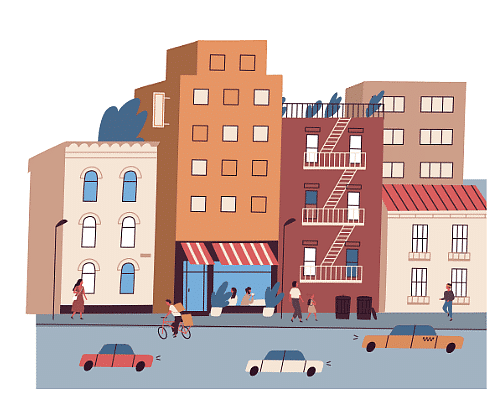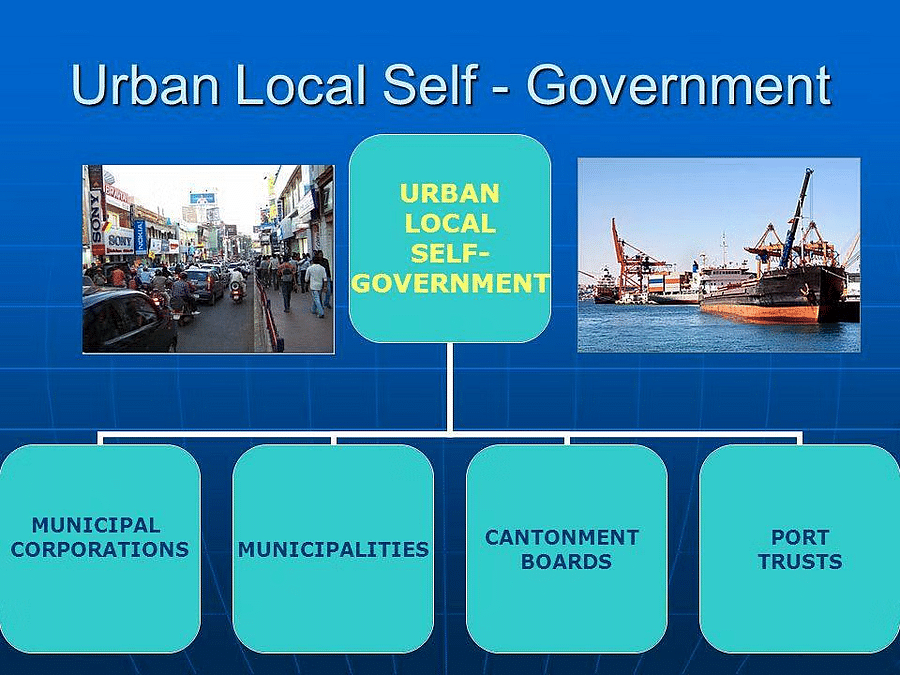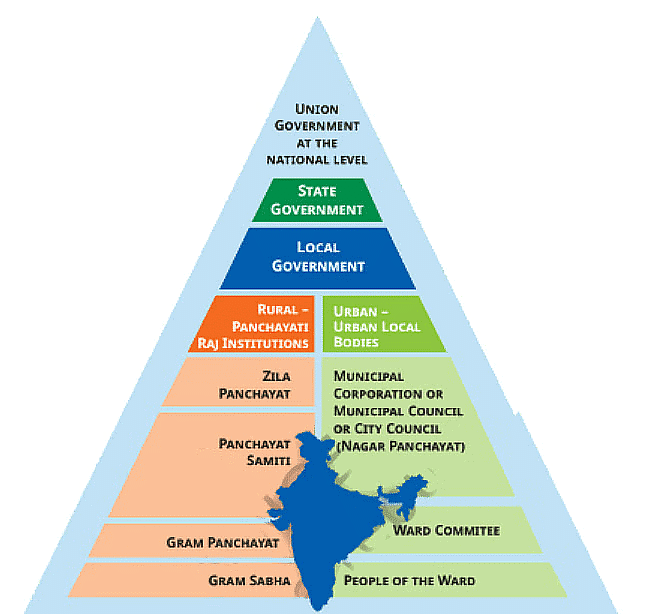Chapter 11 Grassroots Democracy Part 2 Local Government in Rural Areas Notes & Summary
November 5, 2024Chapter 13 The Value of Work Notes & Summary
November 5, 2024Introduction
In earlier chapters, we learned about how democracy aims to empower citizens to actively participate in their country’s functioning, whether at the rural, regional, urban, state, or national level. This is known as participatory democracy. We have already seen how this works in a rural context. Now, let’s explore how governance and administration work in urban areas, which are often more complex and diverse than rural ones.
Complexity and Diversity of Cities
Cities like Kolkata, Chennai, and Mumbai are more complex and diverse than villages or towns. They have larger populations, more varied communities, and a wider range of services and infrastructure needs. For example, in a city, you might find people from different cultural backgrounds, professions, and lifestyles all living and working together.

Structure of Urban Local Governance
Urban local bodies are the structures responsible for local governance in cities and towns. These bodies are decentralized, meaning that local communities have a direct say in how their areas are managed. Cities and towns are divided into smaller units called “wards,” and each ward has a committee to handle local issues like health camps, anti-plastic campaigns, and infrastructure problems.
Functions of Urban Local Bodies
Urban local bodies perform a range of functions, including:
- Infrastructure Maintenance: Managing roads, water supply, drainage systems, and public buildings.
- Garbage Collection and Disposal: Ensuring waste is collected and disposed of properly.
- Implementation of Government Schemes: Monitoring and ensuring that government programs are effectively carried out.
- Tax Collection: Collecting local taxes and fines.
- Planning and Development: Participating in the planning for economic and social development of the area.
For these bodies to work efficiently, citizens must also perform their duties. For instance, segregating waste makes garbage collection easier, and promptly reporting issues like water leaks can prevent larger problems.

Historical Context and Examples
The Madras Corporation (now Greater Chennai Corporation), established on 29 September 1688, is the oldest municipal institution in India. It was given the power to levy municipal taxes in 1792, marking the beginning of formal municipal administration in India.
Fun Fact: Indore in Madhya Pradesh has been awarded the cleanest city in India under the Swachh Survekshan government scheme for seven years in a row. This achievement highlights the role of citizens in maintaining cleanliness and community participation.
Try yourself:
Which of the following is a function of urban local bodies?
A.
Managing agricultural activities
B.
Collecting local taxes
Correct Answer
C.
Providing healthcare services
D.
Regulating national highways
Explanation
– Urban local bodies perform various functions to ensure the smooth functioning of cities and towns.
– One of the key functions of urban local bodies is collecting local taxes to generate revenue for infrastructure development and service provision.
Report a problem
Types of Urban Local Bodies
Depending on the population size, urban areas have different types of local bodies:
- Municipal Corporation (Mahanagar Nigam): For cities with a population above 1 million.
- Municipal Council (Nagar Palika): For cities with a population between 100,000 and 1 million.
- Nagar Panchayat: For smaller towns and cities with populations below 100,000.

Funding and Revenue
Urban local bodies fund their activities through various means, including:
- Taxes: Property tax, water tax, and other local taxes.
- Fees: Charges for services like garbage collection, building permits, and parking.
- Grants: Financial support from the state and national governments.
- Loans: Borrowing for large infrastructure projects.
Citizen Participation
For urban governance to be effective, citizens must actively participate in their community. This can include:
- Attending Ward Meetings: Providing input on local issues.
- Volunteering: Participating in community clean-up drives and other initiatives.
- Reporting Issues: Informing authorities about problems like potholes, water leaks, or broken streetlights.
- Following Rules: Adhering to waste segregation guidelines and other community norms.
Fun Fact: In many Indian cities, local festivals and community events are organized with active participation from citizens, fostering a sense of belonging and community spirit.
Try yourself:
Which of the following urban local bodies is suitable for a town with a population of 150,000?
A.
Municipal Corporation
B.
Municipal Council
Correct Answer
C.
Nagar Panchayat
D.
None of the above
Explanation
– Municipal Councils are appropriate for cities with populations between 100,000 and 1 million, making it the suitable choice for a town with a population of 150,000.
Report a problem
Conclusion
In urban areas, decentralized governance through various urban local bodies ensures that cities and towns function efficiently and effectively. Citizens play a crucial role in this system by participating in governance, reporting issues, and following community guidelines. Just like in rural areas, urban local bodies have elected representatives who work to address the needs and concerns of the local population. By understanding and engaging in these processes, we can help create better, more livable urban environments.

